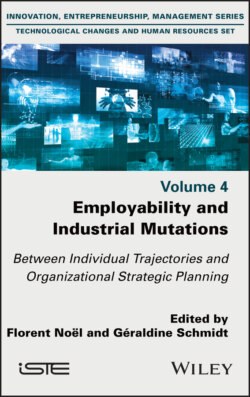Читать книгу Employability and Industrial Mutations - Группа авторов - Страница 34
2.2.1.1. Perceived employability
ОглавлениеNumerous measurement scales (Rothwell and Arnold 2007; Berntson 2008; Van der Heijden et al. 2018) make it possible to approach the employability of individuals by measuring how they perceive the threats to their current job, their professional positioning, the transferability of their skills, their adaptability, the networks in which they are inserted and so on. These approximations of employability through self-perception raise a number of questions. How valid is this approach? For the individual, is it important to feel employable or to actually be employable and to be able to pursue his or her career path in a positive way (by staying in the job or by a mobility that he or she considers satisfactory)? For the organization, should we be satisfied with a strong sense of employability or should we set ourselves the goal of ensuring “successful” transitions? Conversely, can we not consider that individual perceptions are the driving force behind behavior and that, as such, feeling employable is tantamount to, or even sufficient for, becoming employable (Forrier et al. 2018). Finally, we can put forward the idea that, if we perceive oneself as employable, this is probably, despite everything, a sign that we are indeed employable.
